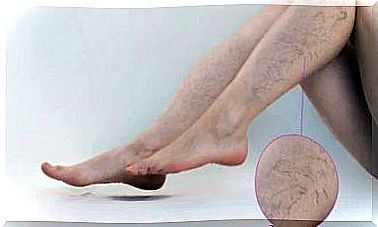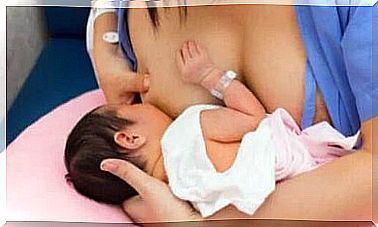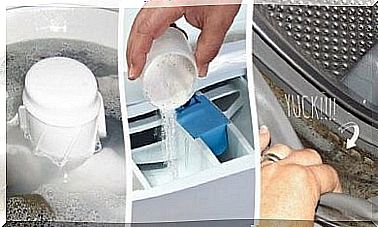What Causes Rupture Of The Posterior Cruciate Ligament?
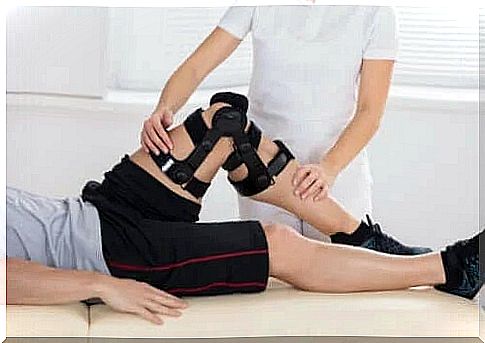
The posterior cruciate ligament is the strongest ligament in the knee joint. It is called posterior because it crosses the back of the knee. It connects the tibia to the femur and, together with the anterior cruciate ligament, maintains the stability of the area. Both ligaments intersect inward and form an X in the center of the joint. But what happens if the posterior cruciate ligament ruptures?
Rupture of the posterior cruciate ligament occurs less frequently than rupture of the anterior cruciate ligament. The latter is considered to be the most vulnerable. There is usually less pain and instability, but the problem can last for weeks or months. Here is more information!
Rupture of the posterior cruciate ligament: symptoms
Most people with posterior cruciate ligament injuries immediately feel pain and then have swelling. The feeling I describe is that the knee is weak, as if it no longer supports the weight.
The pain can be severe and may occur with difficulty walking, so patients may be lame. It is also important to remember that the symptoms of a posterior cruciate ligament injury can be so mild that you may not notice them.
At some point, the pain begins to appear and the knee begins to be unstable. At this point, the person in question seeks medical attention and discovers that he suffered a rupture some time ago.
Degrees of injury
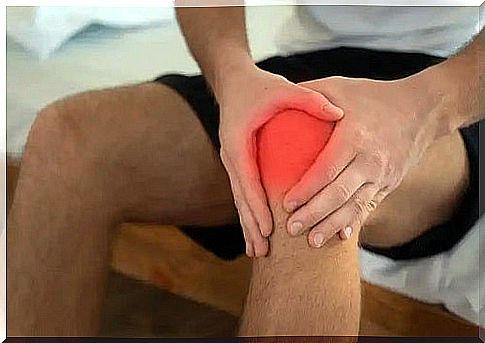
The main causes
Posterior cruciate ligament rupture: diagnosis
To perform the initial assessment, the doctor will ask how the injury occurred. Then you will need to look at both knees to determine if one looks different from the other.
If there is an injury to the posterior cruciate ligament, the knee will tilt back in a non-anatomical manner when straightening the leg.
Another maneuver is to put pressure on the tibia with the knee bent at a 90 degree angle. If the tibia moves more than normal, it is very likely that the posterior cruciate ligament will be broken.
When the situation requires it, the doctor may request one or more of the following imaging studies:
Treatments available for posterior cruciate ligament rupture
Most people do not need surgery to rupture the posterior cruciate ligament. Athletes most often request this type of treatment.
Repairing a posterior cruciate ligament does not involve reattaching it. This reattachment does not strengthen well and the ligament may rupture again. For this reason, the doctor removes the injured ligament and replaces it with new tissue. This procedure is performed arthroscopically for faster recovery. It also results in fewer scars.
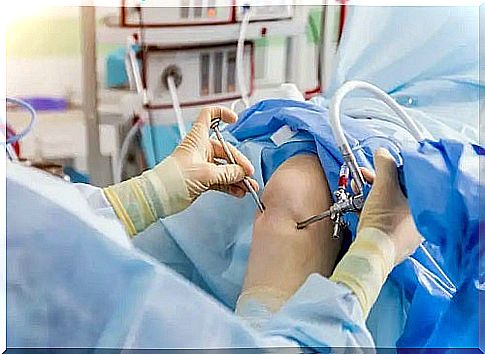
Recovery and prognosis
Physical therapy through specific exercises can strengthen the leg muscles. The intention is to restore the entire movement of the knee joint.
After the operation, 1 to 4 weeks later, physiotherapy begins. A period of 6 months may be required for complete recovery.
Ruptures involving multiple ligaments tend to have a slower recovery. Most patients recover satisfactorily over time. Although it is a slow process, physical therapy is very important to be able to perform all daily activities again.
Rupture of the posterior cruciate ligament: a treatment plan
Once a posterior cruciate ligament injury has been diagnosed, a treatment plan needs to be developed. The time required for recovery depends on the severity and structures involved.
Some people may benefit from using crutches a few days after surgery. An orthopedic appliance can also be effective in preventing knee bending.
Complete recovery after reconstruction of the posterior cruciate ligament takes up to a year. It is very important to emphasize that most people will be able to return to the activities they did before the injury.



